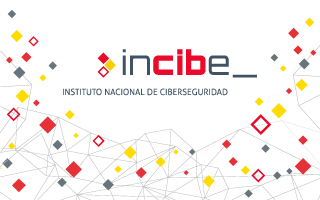
This post presents some lines of action that should be followed to deal with a DrDoS cyberattack based on the PortMapper protocol, describing in detail the prevention, identification and response phases to follow.

This post presents some lines of action that should be followed to deal with a DrDoS cyberattack based on the LDAP protocol, describing in detail the prevention, identification and response phases to follow.

This post presents some lines of action that should be followed to deal with a DrDoS cyberattack based on the QOTD protocol, describing in detail the prevention, identification and response phases to follow.

This post presents some lines of action that should be followed to deal with a DrDoS cyberattack based on the SSDP protocol, describing in detail the prevention, identification and response phases to follow.

En este post se presentan algunas líneas de actuación que deben seguirse para hacer frente a un ciberataque DrDoS basado en el protocolo CharGEN, describiendo detalladamente las fases de prevención, identificación y respuesta a adoptar.

Babuk Tortilla is a version of the original Babuk ransomware, which emerged after the leak of its source code, and which attracted attention in the cybersecurity landscape due to the intention of being deployed on vulnerable servers.
This article reviews its origin and operation, focusing on its modus operandi and the techniques used to breach the security of data and systems. It also provides key tools and recommendations to identify and neutralize its effect on technological infrastructures, providing users with the necessary knowledge to defend against this significant risk. Understanding how Babuk Tortilla works and its recovery mechanisms is vital.







